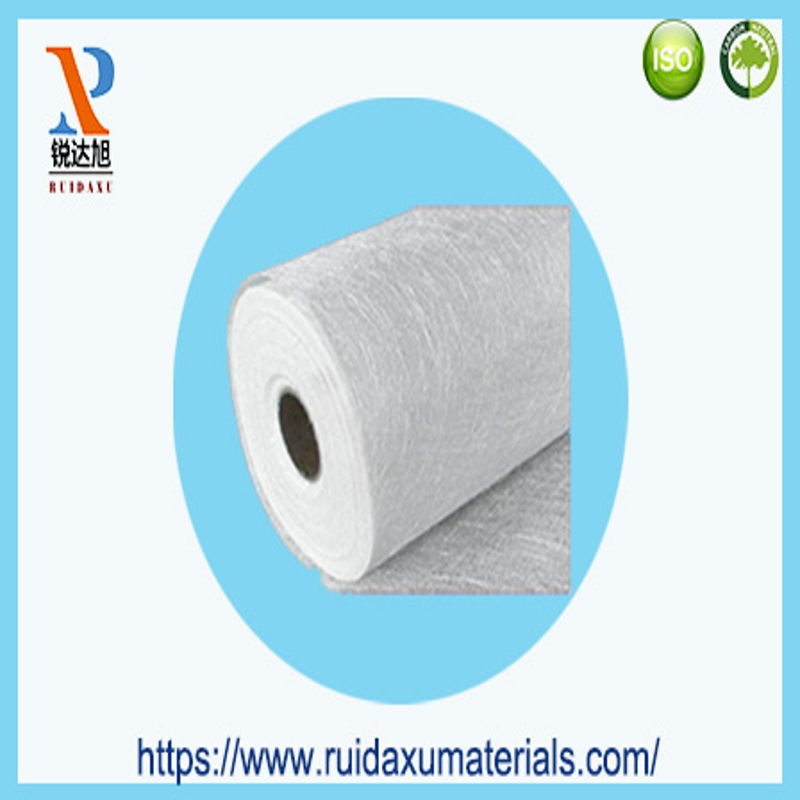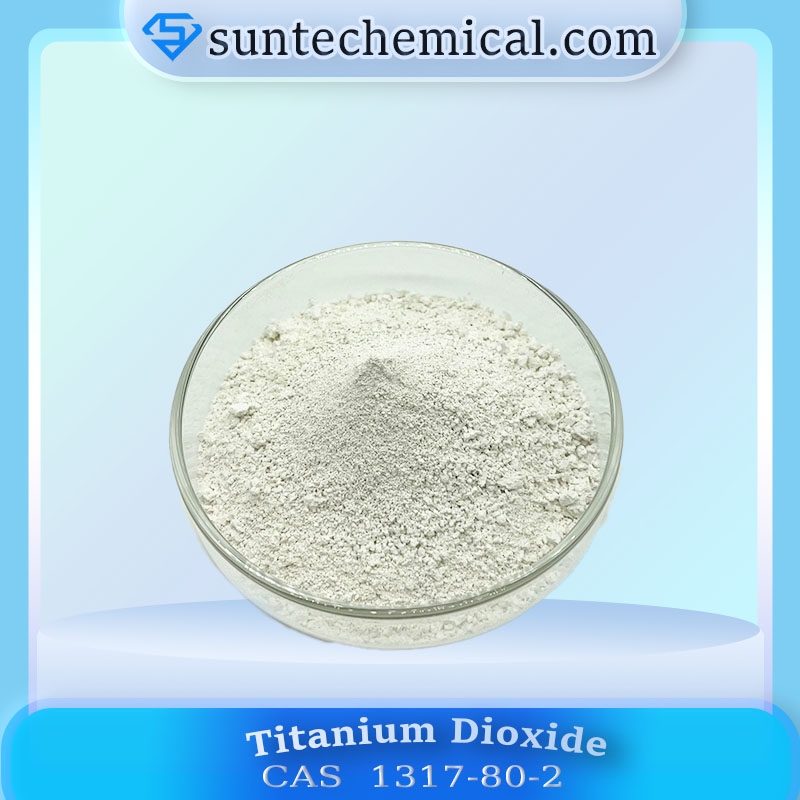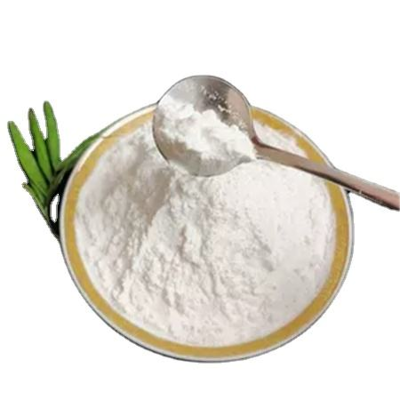-
Categories
-
Pharmaceutical Intermediates
-
Active Pharmaceutical Ingredients
-
Food Additives
- Industrial Coatings
- Agrochemicals
- Dyes and Pigments
- Surfactant
- Flavors and Fragrances
- Chemical Reagents
- Catalyst and Auxiliary
- Natural Products
- Inorganic Chemistry
-
Organic Chemistry
-
Biochemical Engineering
- Analytical Chemistry
-
Cosmetic Ingredient
- Water Treatment Chemical
-
Pharmaceutical Intermediates
Promotion
ECHEMI Mall
Wholesale
Weekly Price
Exhibition
News
-
Trade Service
The performance of the coating is mainly determined by four parts: the original paint performance, construction performance, paint film performance, and environmental protection performance.
Original paint performance
The performance of the original paint refers to the performance of the paint in the process from the production qualified to the use.
- The appearance of the original paint: also known as the can-opening effect, which refers to the state of the paint in the container.
- Workability: Refers to the hand feel, paint splashing and defoaming properties during roller coating and brushing.
- Appearance of the coating film: refers to whether the coating film is smooth, whether there are particles, bubbles, shrinkage holes, blooming, construction marks, etc.
- Gloss: a parameter that measures the ability of a paint film to reflect light.
Gloss is a very significant feature of paint film, which has a great influence on the decorative performance of coatings; high-gloss coatings are easy to show defects of the substrate, so the flatness and roughness uniformity of the substrate are relatively high. - Hardness: refers to the resistance of the paint film to foreign objects invading its surface.
The hardness of the paint film is one of the important indicators of physical properties.
Generally speaking, the hardness of the paint film is related to the composition and drying degree of the paint.
You can use the Zhonghua brand pencil as the standard to mark and observe the damage of the paint film. - Adhesion: Indicates how firmly the paint film adheres to the substrate.
Adhesion is a very important indicator of paint film.
Poor adhesion makes the paint film easy to peel off.
The cross-cut method is commonly used for testing (1mm and 2mm framers). - Transparency: The degree of clarity of the paint film showing the condition of the substrate (the paint with good transparency has a strong sense of three-dimensional wood grain, and the dark-colored board has higher requirements for transparency).
- Hiding power (solid color): indicates the ability of solid color paint to cover the underlying color (paints with good hiding power can reduce the number of painting passes during construction).
- Yellowing resistance: it means the ability of the paint film to maintain the original color and not easy to change color (light-colored panels have higher requirements for yellowing resistance when used in transparent processing)
- Scratch resistance: hard scratches (scratch, rub, and scratch the surface of the dried paint film with an object of moderate hardness to observe the degree of damage), soft scratches (refer to the printing paper to rub the surface of the paint film with moderate intensity, observe destruction level).
- Flexibility: The performance that can be restored or cannot be restored after being damaged or not damaged by bending, holding, winding, and torsion.
- Fullness: The fleshy texture that the coating gives is an important performance of the topcoat, and it is generally measured by comparison.
- Hand feeling: The lubricating feeling of touching the paint film by hand after it dries.
Environmental performance
- Tribenzene content: pure benzene is extremely hazardous, causing great harm to the human body and causing carcinogens.
It has been banned from being used in the coating industry; the molecular structure of toluene and xylene contains benzene rings and belongs to the benzene series, which is a moderately hazardous solvent.
Important organic solvents, toluene and xylene are still used.
There are two kinds of benzene-free thinners advertised on the market: one is a thinner without pure benzene, toluene and xylene; the other is a thinner without tribenzene (benzene, toluene, xylene), in a strict sense Benzene-free diluent is triphenyl-free. - Free TDI: Free TDI, namely toluene diisocyanate, exists in the two-component polyurethane coating curing agent.
Toluene diisocyanate (TDI) has a strong irritating odor and has a strong irritating effect on the skin, eyes and respiratory tract.
Long-term exposure or inhalation of high concentrations of TDI vapor can cause bronchitis, allergic asthma and other diseases. - Heavy metals: The pollution of heavy metals such as lead and chromium in paint mainly comes from pigments, fillers and some additives.
Such as red lead pigment (lead oxide), chrome yellow pigment (lead chromate), soluble heavy metals such as lead, mercury, chromium, etc.
are common toxic pollutants, long-term skin contact can cause contact dermatitis or eczema, excessive lead, mercury, chromium Will cause serious harm to the human body's nerves and internal organs system. - VOC: VOC: is the sum of volatile organic compounds, short for Volatile Organic Compounds.
Solvent coatings contain a lot of solvents, and more thinners need to be used for dilution during construction, which is a large household with high VOC content in coatings.
The impact on the human body is mainly to irritate the eyes and respiratory tract, skin allergies, and cause headache, sore throat, fatigue and other symptoms in severe cases, endangering human health.
- Appearance of the coating film: refers to whether the coating film is smooth, whether there are particles, bubbles, shrinkage holes, blooming, construction marks, etc.
- Workability: Refers to the hand feel, paint splashing and defoaming properties during roller coating and brushing.







